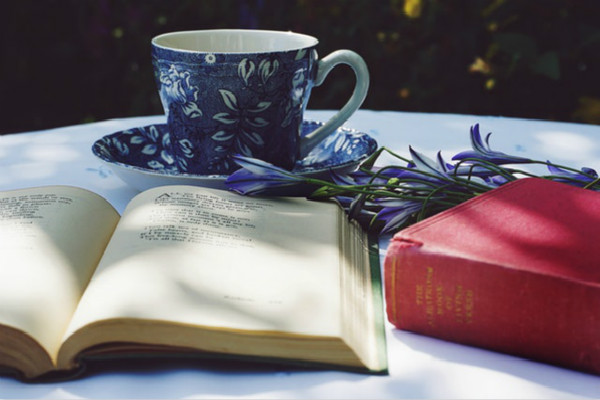【#第一文档网# 导语】以下是®第一文档网的小编为您整理的《故宫重要景点英文介绍-The-Forbidden-City》,欢迎阅读!

The Forbidden City(紫禁城) Size:The forbidden city is located in the centre of Beijing city, it used to be the imperial palace for the Ming and Qing 24 emperors to live and handle state affairs. It has a history of about 600 years. Name Source:In the feudal society, emperor was commonly considered the son of God, so he always had the supreme power and his residence was absolutely forbidden to the common people. What is the name source of Forbidden City. Of course, it is open to the public today, so you guys are very lucky! Room: The forbidden city is rectangular in shape with a total space of about 163,000 square meters. There was a popular saying that it had 9,999 and a half rooms in the Forbidden city. Accordingly, the number is only a half less to 10,000 because emperor on earth did not dare to compare himself with the God of Heaven. Well in fact, the forbidden city consists of 980 buildings with 8,700 rooms. It’s amazing, right? What shocked me most is that the appearance is never disordered with so many rooms. That is mainly because the forbidden city was built along the central north-south axis and show great symmetry. Path: Today our pathway is from south to the north, that is, we entered the forbidden city from Meridian Gate and exit from the Gate of Divine Prowess. The total journey inside is about 2 hours. 1: The Meridian Gate(午门) Name source: the emperor believed that the meridian line went through the forbidden city and his imperial residence was the center of the whole universe. That is another explanation is that in the ancient times, “ meridian” means “South”. 2:The gate of Supreme Harmony(太和门) Function: Emperor usually held his imperial audience, accepted documents from his ministers and made decisions here. The following three halls are the main buildings in the outer court, successively, they are The Hall of Supreme Harmony, the Hall of Middle Harmony and The Hall of Preserving Harmony. 3: the Hall of Supreme Harmony:(太和殿) The emperor exercised his role (重大典礼)over the country here. It is a hall for grand ceremonies as well as important festival celebrations. 4: The hall of Middle Harmony(中和殿) The name of Middle comes from the Confucius idea of “mean” and “impartial”. It is a place for the emperor to take a short rest. In Qing Dynasty, the emperor usually came here and examined the tools for ploughing(农耕) in spring time. Besides that, the emperor also held ceremony of presenting the genealogy revision and approval. 5: the hall of Preserving Harmony(保和殿) It is a place for the emperor to have banquets to entertain the civil and military officials. Later in Qing Dynasty, emperor held the Imperial Palace examination here. Attention! There is no pillar in its front part. When you are walking through the Gate of Heavenly Purity(乾清门), you have entered the Inner Court. Resembling to the outer court, there are also three main buildings inside, the first one you are seeing is 6:The palace of Heavenly Purity(乾清宫) In Ming and Early Qing Dynasty, emperors used to live here and handle the daily affairs. Later after emperor Yongzheng, it was changed to be an audience chamber for receiving foreign ambassadors and envoys form vassal states. 8:the palace of Union and Peace(交泰殿) It is a place where the empress held the important ceremonies and her birthday celebration. in Qing Dynasty, the empress usually came here and examined the tools for picking mulberry in spring time. Name source: the name of this palace came from the book of Changes(ZHOU YI), which means the intercourse of heaven & earth, harmony of positive & negative, as well as the harmony between emperor & empress. 7: The palace of Earthly Tranquility(坤宁宫) In Ming and Early Qing Dynasty, it was used as empress’s residence. Later ,the hall was completely reconstructed by imitating Qingning Palace(清宁宫) in Shenyang according to the Manchu’s custom. 8:The Imperial Garden(御花园) it is about 12,000 square meters, containing more than 20 different types of buildings , pavilions, terraces etc. you can also see lots of pine trees, cypress trees and other botanies. 本文来源:https://www.dywdw.cn/5146144c4bd7c1c708a1284ac850ad02de80071d.html

